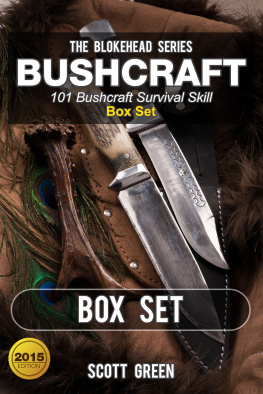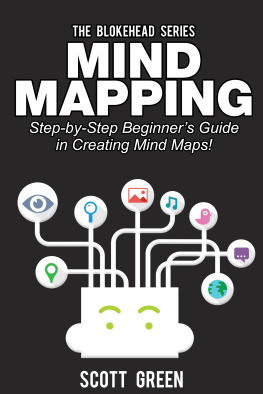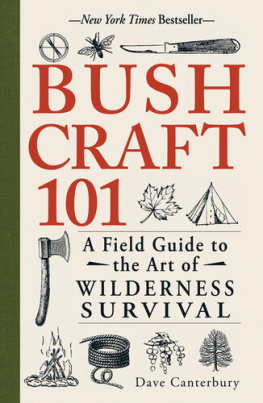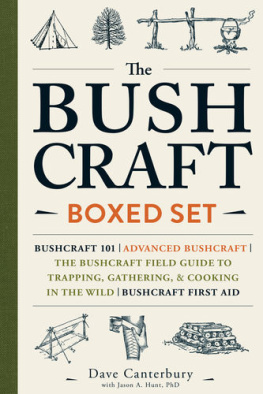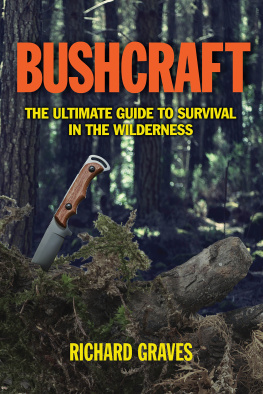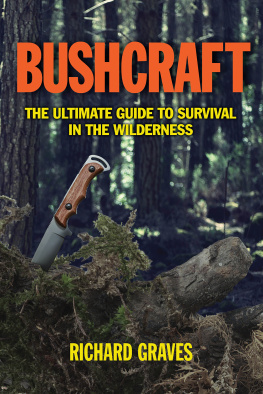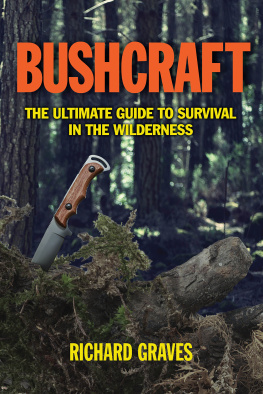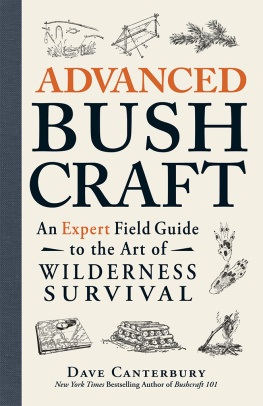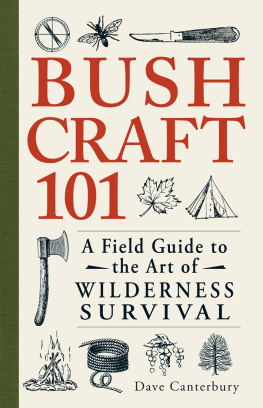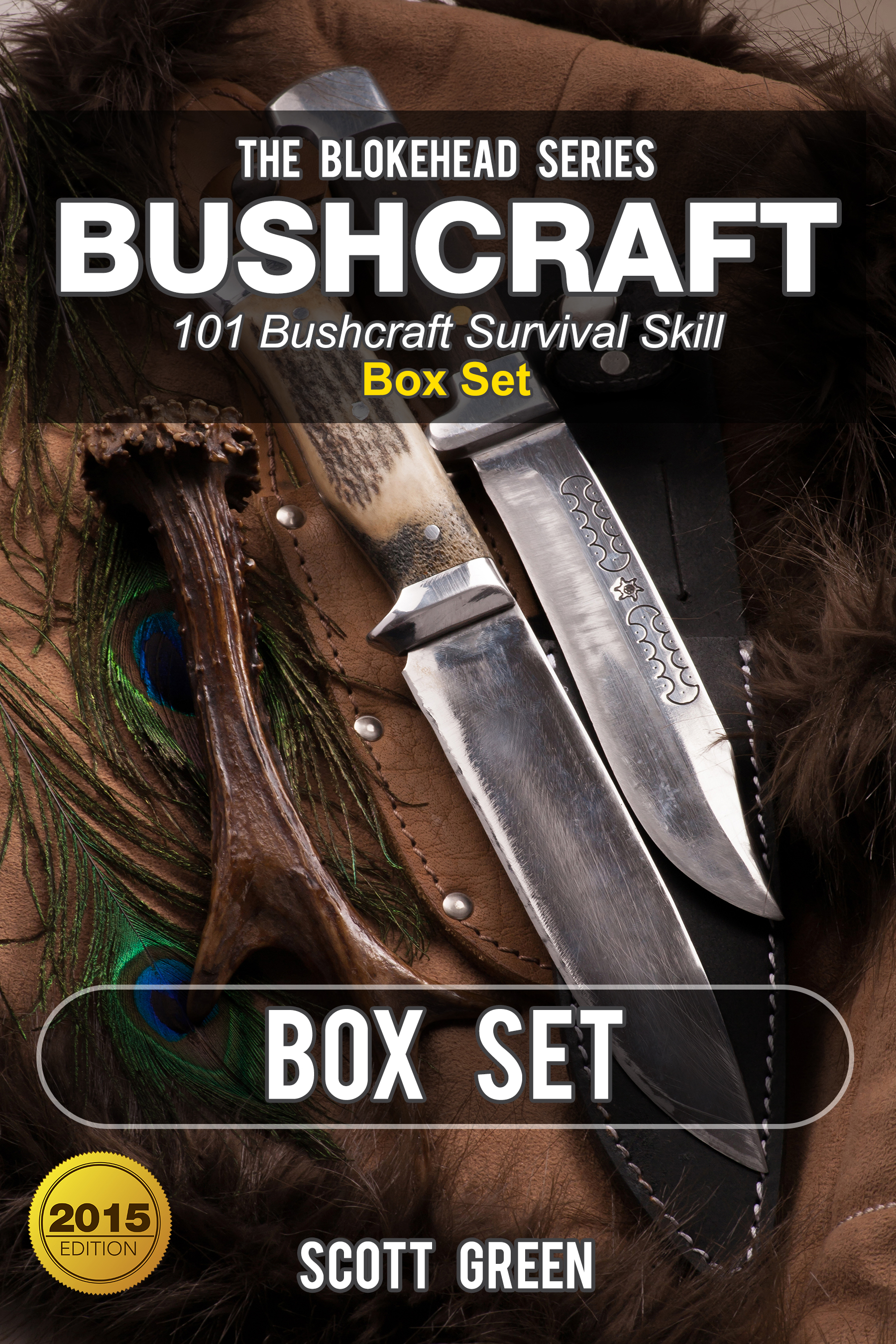Bushcraft
101 Bushcraft Survival Skill Box Set
By: Scott Green
Yap Kee Chong
8345 NW 66 ST #B7885
Miami, FL 33166
Digital Edition
Copyright 2014
All Rights reserved. No part of this book may be reproduced or used in any way or form or by any means whether electronic or mechanical, this means that you cannot record or photocopy any material ideas or tips that are provided in this book.
Get Notice of Our New Releases Here!
http://eepurl.com/7tc7P
Like Us On Facebook
https://www.facebook.com/theblokehead
Check Out Our Other Books
Self Sufficiency: A Complete Guide for
Family's Preparedness and Survival!
Super Immunity SuperFoods:
Super Immunity SuperFoods That Will Boost Your Body's Defences& Detox Your Body for Better Health Today!
Health
Ebola Outbreak Survival Guide 2015: 5 Key Things You Need To Know About The Ebola Pandemic & Top 3 Preppers Survival
The Ultimate Body Weight Workout:
Transform Your Body Using Your Own Body Weight
TABLE OF CONTENTS
Chapter 6- Tools, Traps and Weapons:
A Bushcraft Masters Best Friends
PUBLISHERS NOTES
Disclaimer
This publication is intended to provide helpful and informative material. It is not intended to diagnose, treat, cure, or prevent any health problem or condition, nor is intended to replace the advice of a physician. No action should be taken solely on the contents of this book. Always consult your physician or qualified health-care professional on any matters regarding your health and before adopting any suggestions in this book or drawing inferences from it.
The author and publisher specifically disclaim all responsibility for any liability, loss or risk, personal or otherwise, which is incurred as a consequence, directly or indirectly, from the use or application of any contents of this book.
Any and all product names referenced within this book are the trademarks of their respective owners. None of these owners have sponsored, authorized, endorsed, or approved this book.
Always read all information provided by the manufacturers product labels before using their products. The author and publisher are not responsible for claims made by manufacturers.
Digital Edition 2014
Manufactured in the United States of America
INTRODUCTION
Although living in the natural environment requires one to strip down to the bare essentials, the process of doing so is not simple. It calls for rehearsal of the inner Neanderthal a long forgotten part of human nature. The primitive side of man has unintentionally and unknowingly been blocked off by facades created by media and by political systems that exert a strong influence on the way of thinking.
The current century comes with a preset template where everything is instant food is readily available in the market, clean and drinkable water abundantly flows through the faucet, and creating fire only requires the flick of a switch. Man has grown too accustomed to such high tech machinery in performing menial tasks that his instinct has been reduced to a fight-or-flight response. This makes it almost impossible for one to survive in the wilds.
To learn bushcraft, one must adjust the state of mind. Instead of going through a series of complex mental processes when coming up with a decision, one should reform to a simpler, more primal state. It aids in prioritizing the more immediate needs. Even if it is just for a little while, one should experience the independence and empowerment of living by the moment and in using the forces of nature to the advantage. He should take time to learn and enjoy time honored traditions of hunting, foraging, crafting and the like. All of which shall be taught in detail in this eBook.
Doing so takes courage, willingness to learn, and a lot of determination. The end result would be a fresh, liberating sense of self-reliance and a newfound thirst for discovery and adventure.
CHAPTER 1- GETTING STARTED
In a contest of survival between the strongest of men and the smartest intellectual, it is the one who is most adaptable to change who will win. Strength and IQ may affect the overall results of bushcraft practice, but they are not the prime requirements for its success. If man is willing to venture into the woods and take whatever he finds to his advantage, to read nature instead of manipulate it, then his journey shall become a success.
Wilderness Survival versus Bushcraft
Although similar in nature, wilderness survival and bushcraft are two distinct genres. The confusion often arises from their overlapping characteristics, which involve ways of surviving in the wild. The main distinction between the two is the amount of time spent in the backwoods. Wilderness survival utilizes short-term survival tactics where the main goal is to escape the woods ASAP (survivors usually take an average of 72 hours to escape). Bushcraft, on the other hand, involves a complete immersion in the natural environment; it is a long-term stay.
Proper Preparation
Bushcraft is less of a physical adventure and more of a test of mental fortitude. The journey does not rely on the amount or functionality of equipment brought, but on the skill set of the trekker; the more one knows, the less equipment he has to bring.
The trekker must pack light. The most important things to bring are a basic survival kit, some over-the-counter (OTC) medications, special medications for those with existing medical conditions, and drinking water - everything else can be taken and crafted from what can be found in the immediate surroundings.

Survival Kit
The contents of the survival kits depend on the type of terrain to be explored. As a general rule, keep the kit layered. This means that the most important items are placed at the most convenient area, preferably in the pocket or attached to the belt. Less important and more bulky items can be placed in the knapsack.
Since it is important for one to travel light, it would be best to select multipurpose items. If two objects serve the same function, choose the one which could be of more use. All of which should be stored in a single container. It can either be a band aid box, an ammunition pouch or whatnot. The most important thing to ensure is that it is waterproof, portable, easy to carry and durable.
For navigation, prepare a compass and, if available, a map of the vicinity.
First aid materials include antiseptics (e.g. isopropyl alcohol or betadine), a tourniquet, clean bandages, surgical blades, an elastic bandage, hypoallergenic medical tape, butterfly sutures, and a needle and thread.
Do include some OTC meds: paracetamol (for fever), antacid (for indigestion or hyperacidity), mefenamic acid (for pain), decongestant (for colds), antitussive (for dry cough), expectorant (for productive cough), and antidiarrheals (for an upset stomach).
Do not forget to bring the most important tool: the knife. Also include snare wire, an axe, fish hooks, and a snare line.
Some shelter essentials include blankets, a canopy or a poncho, insect repellent, waterproof matches or a lighter, and a candle.
To purify water, be sure to bring small bottles of iodine or chlorine and a dropper.
Include some toiletries such as soap, shampoo, a change of clothes, and female essentials (e.g. tampons or sanitary napkins).
Food
A normal, healthy person can last an average of three days without water and about three weeks (21 days) without food. In bushcraft, bringing ready-to-eat food is not essential as most resources will be derived from the environment. Some dry crackers or hard candy could be brought to prevent hypoglycemia (abnormally low levels of sugar) whilst searching for possible sources of food.

